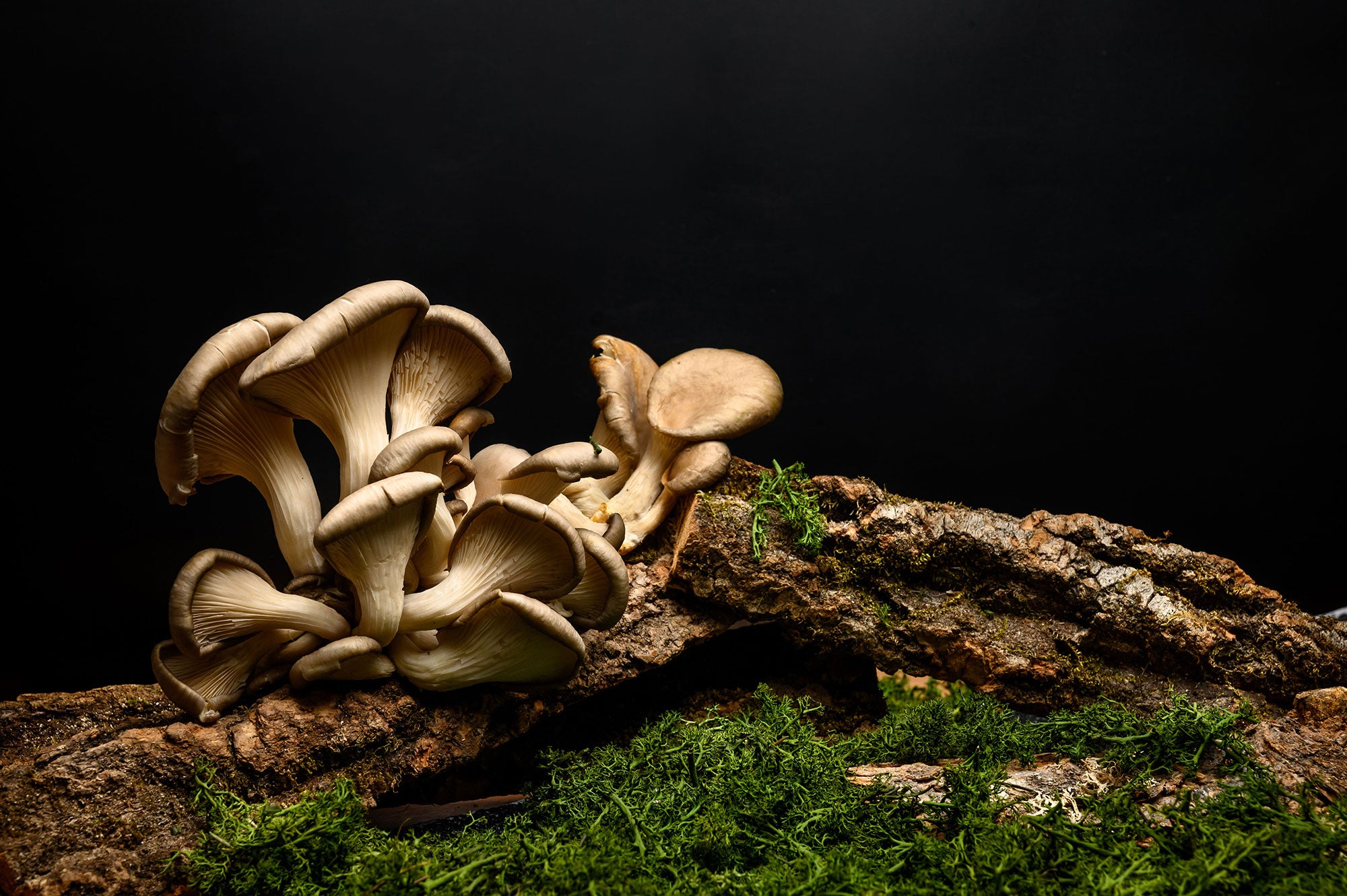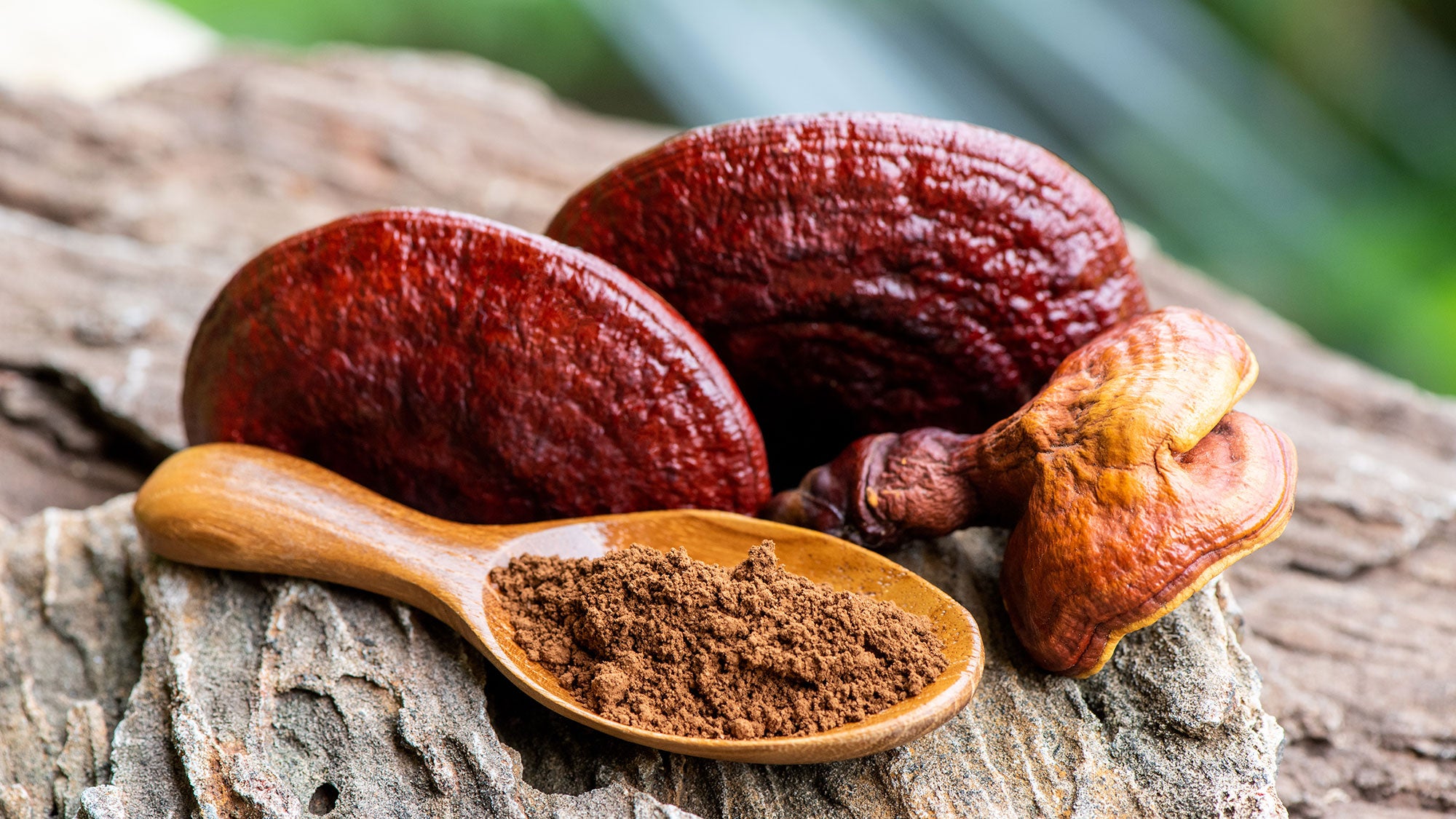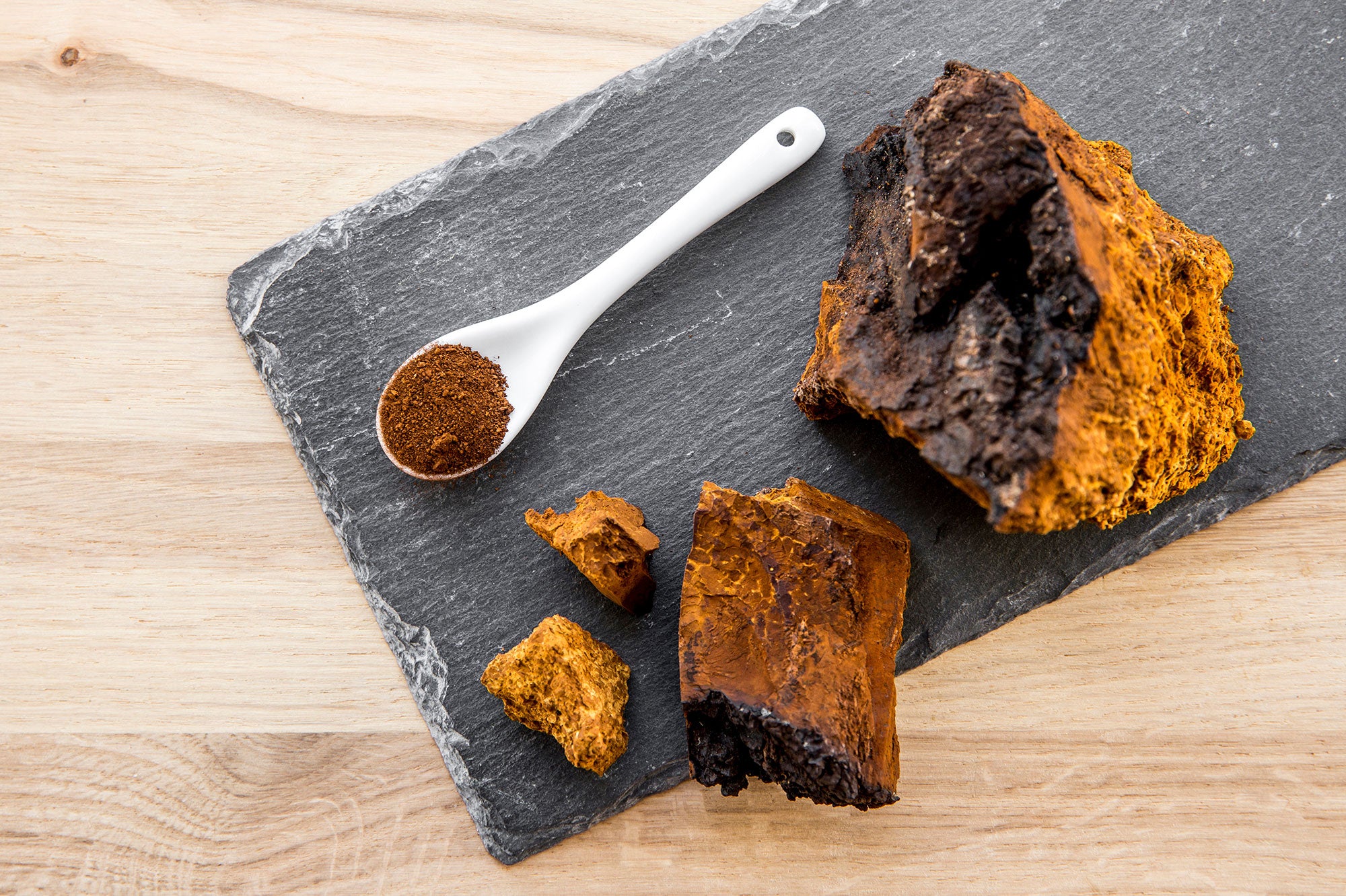Chances are that this is the first time you’ve heard about oyster mushrooms. Pleurotus species or oyster mushrooms fall under the category of gilled mushrooms. While you may know other mushrooms, these mushrooms are a great addition to your meat-free diet.
Forty different species of these mushrooms exist, including the American oyster, also known as Pleurotus Ostreatus. The best part? All these species are edible, and you’ll find them in dishes like stir-fries and pasta.
Additionally, they’re known to contain potent compounds with impressive health-promoting properties. In fact, oyster mushrooms have been a part of traditional medicines for centuries.
Let’s discuss oyster mushrooms in detail!
What are Oyster Mushrooms?
Pleurotus Ostreatus(Oyster mushrooms), also referred to as hiratake and oyster fungus, are edible fungi. They were introduced into the market during the First World War and were grown in Germany as food.
So, what do oyster mushrooms look like? The name “oyster mushrooms” comes from the color and shape of the mushroom caps that resemble oysters.
The top part may vary in color, from light brown to dark brown to white-grey. On the other hand, the gills and flesh range from white to cream and have a firm texture. Another interesting fact about oyster mushrooms is that they’re carnivorous mushrooms. They consume nematodes, bacteria, and rotting wood.
What are Oyster Mushrooms Good For?
Oyster mushrooms are associated with several health benefits. These benefits include:
They’re Rich in Nutrients
These mushrooms have many minerals, vitamins, fiber, and other essential nutrients. In addition, they’re low in carbs and are ideal for individuals following a low-carb dietary pattern. Oyster mushrooms also contain small amounts of selenium and vitamin D.
Provide Antioxidants
Oyster mushrooms have antioxidants that help reduce the damage to cells in the body. For instance, seven phenolic compounds, including naringenin, chlorogenic acid, and gallic acid, act as antioxidants once you consume the mushrooms.
Beneficial to the Heart
Pleurotus Ostreatus contains several compounds that promote heart health, such as beta-glucans. They help reduce the risk factors associated with heart diseases, such as high blood pressure and cholesterol.
Promote Regulation of Blood Sugar
In addition to keeping your heart healthy, oyster mushrooms may help regulate your blood sugar levels. Studies on people with and without diabetes discovered that mushrooms might improve the levels of your blood sugar and other health aspects when consumed as part of your diet or as a supplement.
Improve the Immune System
Oyster mushrooms may help improve your immune system in different ways. For instance, pleuran(a type of beta-glucan) has immune-modulating characteristics. Also, these mushrooms may boast antibacterial and antiviral effects.
However, there’s a need for further studies focusing on the immunity-promoting capabilities of the whole oyster mushroom and not just supplements and extracts.
Other Potential Health Benefits
In addition to the above list, here are other possible benefits of oyster mushrooms:
- Anti-inflammatory effects: In a 2020 study on rats, oral treatment with P. ostreatus extracts reduced paw inflammation significantly.
- Benefits on gut health: A 2021 study on rodents showed an increase in the production of beneficial fatty acids in the rodents’ guts. A decrease in the growth of pathogenic bacteria is also evident.
- Anti-tumor properties: These mushrooms may possess anti-tumor properties, according to a test tube and animal studies. However, there’s no research on humans.
What Trees Do Oyster Mushrooms Grow On?
These mushrooms grow in the temperate and subtropical forests of the world on trees or around them. Also, as wood decomposers, you’ll find them growing on dead trees and logs. Oyster mushrooms tend to prefer deciduous trees, especially beech and oak.
Leafy, open forests make these mushrooms happy and thrive in the shade.
How To Cook Oyster Mushrooms
Oyster mushrooms are simple to prepare. They’re a great addition to soups, stews, sauces, and stir-fries, or you may use them as a pizza topping. In addition, they make a great side dish due to their subtle taste.
Add the mushrooms without the stems to a skillet or pan with a few tablespoons of spices like thyme, pepper, garlic, and a few tablespoons of olive oil or butter. When preparing these mushrooms, preserve the velvety texture by ensuring they don’t absorb much moisture. Dry them using a paper towel once you wash them.
If you’re stir-frying them, saute the mushrooms first, then add all the other ingredients, including spices like garlic. It keeps them from getting soggy. Also, ensure you don’t overcook them.
How To Clean Oyster Mushrooms
Cleaning mushrooms doesn’t always have to involve water. They’re porous and act like sponges, sucking in as much water as possible. The sogginess makes it difficult for them to get crispy as you cook them.
With that information in mind, here’s how to clean your oyster mushrooms before cooking them:
- Use a paper towel: Clean the mushrooms using a damp cloth or paper towel if there’s a lot of heavy residue on the mushrooms. Avoid going too heavy with water and pressure so as not to damage the mushrooms.
- Try a fast rinse: You don’t need to give your mushrooms a deep cleanse. Instead, rinse them briefly in a colander under low-pressure running water if necessary.
- Use a mushroom brush: This mushroom specialty tool lightly brushes off excess dirt. You can opt for a pastry brush if you don’t have a mushroom brush.
How To Grow Pearl Oyster Mushrooms
Oyster mushrooms are among the easiest mushrooms to grow. Here’s how you can grow them at home:
Step 1: Get Ready
First, you need to determine the oyster mushroom you want to grow. In this case, it’s the pearl oyster mushroom, also known as grey oyster mushroom or winter oyster mushroom.
Step 2: Prepare the Oyster Mushrooms Substrate
The substrate provides a nutrient-dense food source devoid of micro-organisms competing for resources with mushroom mycelium. Coffee grounds, sawdust pellets, cardboard, and straw are some easy substrates to use.
Step 3: Inoculation
Adding the mushroom spawn to the prepared substrate is the inoculation process. Before mixing, use a cleaning spray to wipe all the work surfaces and clean your hands with soap.
- Clean working surfaces and the mixing container
- Weigh all your materials before you mix them
- Mix the ingredients thoroughly, ensuring you break any coffee pucks
- Fill your grow bags and seal them
Step 4: Incubation
The incubation process is where all the magic begins. Pearl oyster mushroom spawns grow and spread out in the substrate as they await the final fruiting process. These spawns come to life in humid and warm conditions and eat their way across the food provided.
Once you notice that the bag has turned white, it’s time for fruiting. Also, be sure to watch out for green or blue mold.
Step 5: Fruiting
After all your input, it’s time to reap your reward. Mushrooms in the wild grow in response to stressful situations like environmental changes or running out of food. You should replicate the same in your home garden. Plus, you have to provide optimal conditions for these mushrooms to develop.
Step 6: Harvest Time
Once the mushroom cap edges begin to flatten out while turning upwards, your mushrooms are ready for harvest before they start dropping many spores. This stage can be challenging to know the first time you’re doing it, but you get the hang of things in due time.
FAQs
1. What Do Oyster Mushrooms Taste Like?
Oyster mushrooms have a subtle seafood taste with a hint of anise and a faint earthy after-taste. They have a mild flavor that may taste like button mushrooms when eaten raw.
2. How to Store Oyster Mushrooms
Oyster mushrooms, like other mushrooms, don’t maintain their flavor and texture for too long. Here’s what you need to do to keep them fresh:
- Refrigerate: If you’re planning on consuming your mushrooms within a week after purchase, put them in a paper bag without washing them and place them in the main fridge compartment. The paper bag absorbs excess moisture, leaving them with a firm, meaty texture.
- Freeze: When freezing your oyster mushrooms, separate them from the central stem using a sharp knife. Saute them in olive oil or butter to release all the moisture. Cool them to room temperature once cooked and place them in a tightly sealed plastic bag, then store them in the freezer.
- Dry: To keep the mushrooms dry, separate them from the central stem and put them in an oven or a food dehydrator to lose all their moisture. Keep the dried mushrooms in a tight container at room temperature.
3. Are Oyster Mushrooms Good For You?
In addition to their high nutritional value, oyster mushrooms have antioxidant and anti-inflammatory properties, promote good immunity and heart health, and encourage healthy blood sugars.
4. Different Types Of Oyster Mushrooms

There are six types of true oyster mushrooms, and they vary dramatically in appearance.
- Pink oyster mushrooms (Pleurotus djamor)
- Phoenix oyster mushrooms (Pleurotus pulmonarius)
- King oyster mushrooms (Pleurotus eryngii)
- Blue oyster mushrooms (Pleurotus columbinus)
- Pearl oyster mushrooms (Pleurotus ostreatus)
- Golden oyster mushrooms (Pleurotus citrinopileatus)
5. Oyster Mushroom Lookalikes
The Jack-o-lantern mushroom is a poisonous mushroom that can easily be mistaken for an oyster mushroom. Jack-o-lantern mushrooms resemble oyster mushrooms, and they also grow on wood.
6. How to Choose Oyster Mushrooms
Luckily, it’s easy to establish whether oyster mushrooms are bad. They look darker in color with a wet and slimy surface.
7. What Part of the Oyster Mushroom Is Edible?
Oyster mushrooms come attached to the same central stem. You can eat both the cap and stem and use them both in cooking or eat them raw.
8. Where to Buy Oyster Mushrooms
Depending on your location, oyster mushrooms can be a challenge to find. Asian supermarkets almost always stock these mushrooms, as well as natural food vendors. Thus, if you live in an area with a high population of Asians, the neighborhood food vendors may also stock oyster mushrooms. You can also grow oyster mushrooms at home in a grow kit.
Summary
Oyster mushrooms possess various health benefits. In addition to their nutritional value, they promote immune system and heart health, promote anti-inflammatory and antioxidant properties, and encourage healthy blood sugar levels. Add these mushrooms to your omelets, stews, and pasta.
You can find oyster mushrooms in the wild. Alternatively, if you’re interested in growing oyster mushrooms at home, we have a Mushroom Growing Kit to get you started. You don’t need any previous experience.


